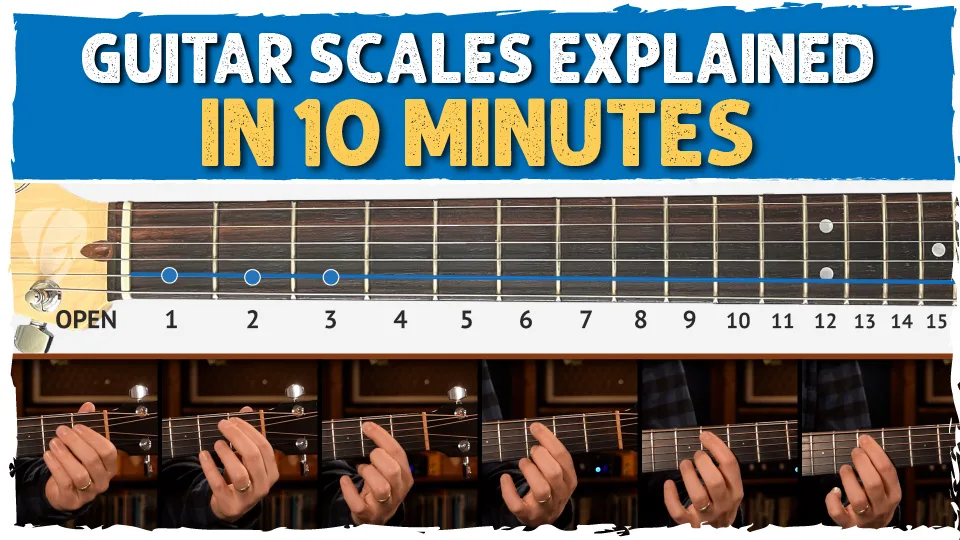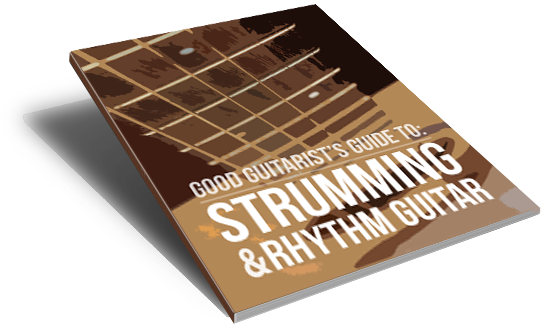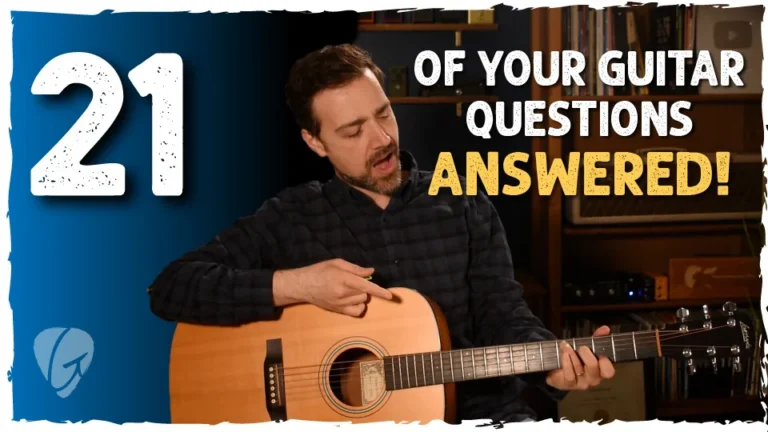Everything You Need to Know About Guitar Scales (In 5 Minutes)
Learn how guitar scales actually work—no memorization drills, just clear explanation and real-life application. Perfect for beginners and beyond.
Everything You Need to Know About Guitar Scales in 5 Minutes
Hey, it’s James here from GoodGuitarist.com, and today I want to show you everything you need to know about guitar scales—in five minutes!
Forget What You Think You Know About Scales
Let’s get one thing clear right away: memorizing scales and playing them up and down is not how you truly learn them. That’s a trap that turns people off and doesn’t teach you how to use scales in music. My method is all about learning scales from the inside out—so they stick and actually help you play better. I go over this in more detail in my music theory course (included in my All-Access Pass).
But for today, let’s zoom out and look at the big picture.
Why Scales Work – The “Science” Behind It
Before we even touch the fretboard, let’s talk about why scales sound good.
When you pluck a string, it vibrates. That vibration is measured in Hertz (Hz)—vibrations per second. Your A string vibrates at 110 Hz. If you double it, you get 220 Hz—another A, but higher. This doubling pattern (octaves) is the reason melodies work in any range—they’re just ratios of sound that your ear naturally understands.
So within one octave, we divide it into 12 notes. But playing all 12 at once sounds like chaos. That’s why we choose certain ones—and the most common collection is the major scale.
The Most Common Scales
To construct scales, we first need to understand the “steps” we take to move on the fretboard:
- Half-step = go to the next fret. For example, from the 2nd fret to the 3rd fret = a half step
- Whole-step = skip a fret. For example, from the 2nd fret to the 4th fret = a whole step
The Major Scale
Pattern:
Whole – Whole – Half – Whole – Whole – Whole – Half
Start on a root note (like A), apply that pattern across the frets, and you get the A major scale. You can write this out by listing all 12 notes and applying the pattern—or play it directly using shapes on the fretboard.
⚠️ Quick Warning: Don’t just memorize shapes and run them up and down! It’s way more effective to play melodies and solos using one string at a time. I break this all down in my courses and other lessons.
The Minor Scale
Pattern:
Whole – Half – Whole – Whole – Half – Whole – Whole
(Also described as a “mode” of the major scale—but don’t worry about that now.)
You can go even deeper:
- Harmonic Minor: Raise the 7th note
- Melodic Minor: Raise the 6th and 7th notes
These core scales (major, minor, harmonic minor, melodic minor) are the foundation for nearly all Western music—rock, pop, jazz, soul, blues, and beyond.
So… What About Modes?
Modes (like Dorian, Mixolydian, Phrygian) are just those same scale patterns—but starting on a different note. I cover that in more depth in my modes video. Today’s focus is just on understanding scales.
How to Actually Use Scales on Guitar
Here’s how to make scales useful:
- Find the key of a song you love
- Move the scale shape until it fits
- Try playing a few notes, not all of them
- Figure out melodies by ear using the scale as a guide
- Tie it into CAGED to connect scales with chords and arpeggios
This stuff isn’t just for theory nerds—it’s how you become a real musician.
Want to Go Deeper?
If today’s video helped you understand scales, you’ll love what’s inside the All-Access Pass. I’ve built my career on making complicated things simple, and I have tons of step-by-step lessons to help you reach your goals.
Have a fun time practicing and I’ll see you soon!
– James
All-Access Pass
Start your 10-day FREE trial
- Step-By-Step Courses
- Exclusive YouTube Bonuses
- Q&A with James






